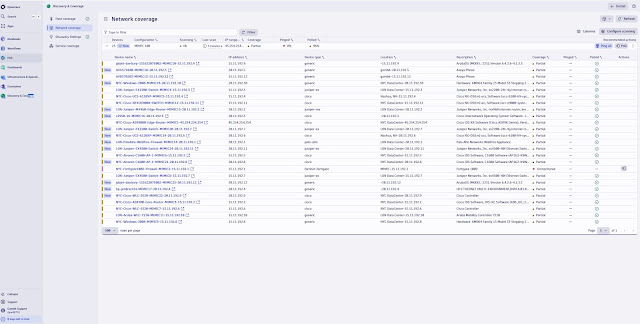Here’s how you can set it up and test systematically:
1. Define What You’re Testing
Operational customizations in Zabbix usually include:- Triggers: thresholds, dependencies, recovery expressions
- Actions: notifications, escalations, scripts, integrations
- User roles: who gets what alerts, permissions
- Dashboards / Widgets: visualizations of problem states
- Custom items / discovery rules: SNMP, IPMI, JMX, or scripts
2. Connect Zabbix to MIMIC
Configure MIMIC to simulate the network devices or servers Zabbix expects:- SNMP agents (routers, switches, firewalls, servers) with custom MIBs
- Interfaces / traffic patterns for NetFlow/sFlow/IPFIX
- Syslog events for log-based monitoring
- Ping / ICMP / TCP services for availability checks
3. Drive Scenarios in MIMIC
To test Zabbix customizations, you can script scenarios in MIMIC:- Threshold violation
- Flapping conditions
- Multiple-failure cascades
- Custom MIB objects
Simulatr enterprise MIBs and vary them to trigger your Zabbix custom items.
- Logs/events
Send specific syslog entries (e.g., authentication failure, hardware error) to test actions.
- High-volume scenarios
4. Verify Zabbix Customizations
As you run scenarios:
- Check whether triggers fire correctly (no false positives/negatives).
- Validate actions: did the right people get notified? Did escalation scripts run?
- Watch dashboards update in real time.
- Confirm permissions/roles: does each user see only what they should?
- Measure response time: does Zabbix handle bursts of simulated alerts as expected?
5. Automate Regression Testing
Because MIMIC is scriptable (via APIs and scenarios), you can build a test suite to run on-demand:
- Run a set of MIMIC-driven failures.
- Capture Zabbix responses (via API, audit logs, or UI checks).
- Compare against expected results.






